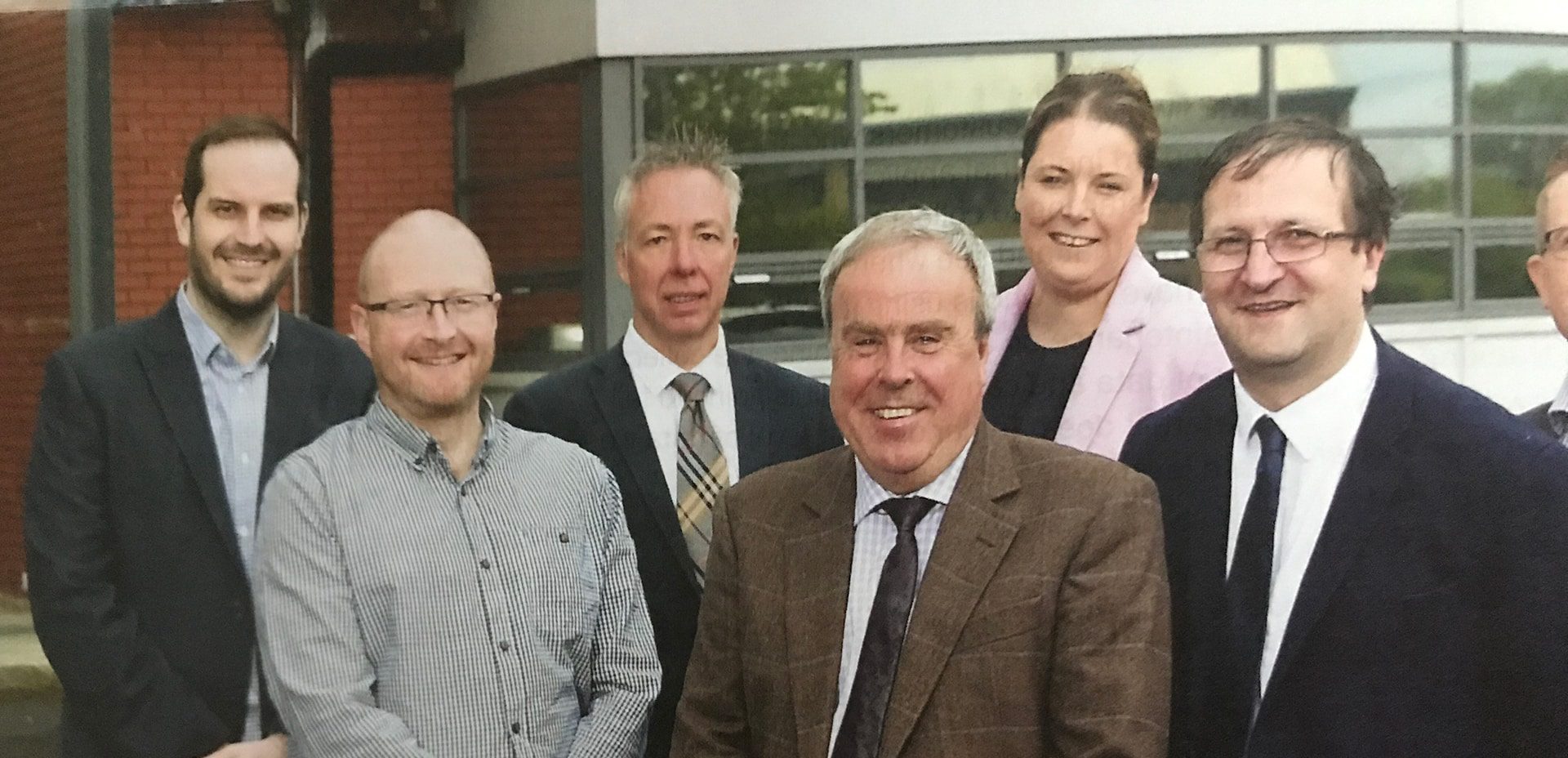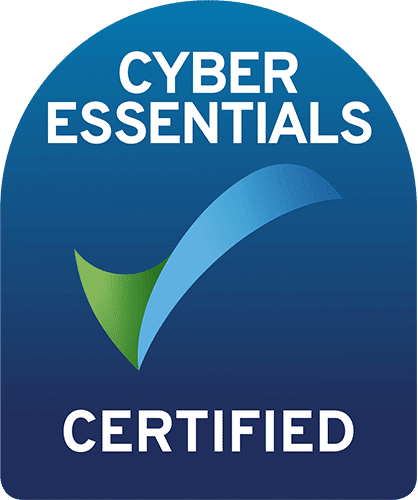The Internet of Things is revolutionising the way we all live and work. We gathered a panel at our office in Blackburn to look at the impact on businesses and how they are responding to this tech-led revolution.
Present: Richard Slater (Lancashire Business View) Chair, Howard Jones (Unified World), Martin West (Unified World), Mark Edwards (Seriun), Lisa Kennery (Pierce), Anton Le Saux (Zest4), John Joe McGonagle (Northern Industrial) and Nathan Piper (Connexas).
HOW DO WE DEFINE THE INTERNET OF THINGS (IoT) IN THE BUSINESS ENVIRONMENT?
MW: Essentially is is about taking any asset, any person, any value to the business and making it a data object that can be used by that business to improve efficiencies and services. For example, you can have sensors on trucks, for tracking efficiency and performance.
ALS: If there is anything in our business that you need to control, monitor or measure and you’re doing it manually, there is probably a way you can automate it and make it more efficient. It is about taking an object and connecting it to something that will make sense of data provided.
IoT allows us to take all of our assets, our people, our machines and connect them to many different data sources without human-to-human intervention. I can sit in my office and turn my lights on at home; I can see through CCTV to what my pets are doing. My printer knows when it needs ink and orders it.
These are all things that consumers can do and they’ve been around for a while. More and more businesses are realising, “If I an do something like this at home then why can’t I do something like this in my business?”
JM: Businesses need to have a discussion internally on how IoT can radically save them money. Companies that will invest are reaping the benefits. We’re investing in technology all the time.
ALS: When it comes to machinery it is also using IoT not just for repairs and servicing, but ‘preventative maintenance’. If one of your machines goes down, how much is it going to cost in lost time or business while it is not operating?
MW: With the advent of IoT, businesses don’t necessarily have to send an engineer out into the field until there is actually a fault. If you can stop the ad-hoc visiting it brings dramatic savings.
NP: Our core business is vehicle tracking. Historically the customer would view the data through a desktop application which didn’t offer a lot of flexibility. IoT has opened up different worlds for customers. They can access the data wherever they are. It has added a huge amount of control.
It has also moved on from knowing where vehicles are, into areas included diagnostics and maintenance and how they are being driven. It’s all about safety, improving efficiencies, whether that is fuel efficiency or just how the assets are being used in general.
We can improve awareness around drivers, feeding back information to them. In turn, there are efficiencies to be made because safer drivers are efficient drivers and in general people using our technology can improve fuel efficiency by as much as 10 to 15 per cent.
HJ: We do connectivity. Studies who the number of connected devices will increase by 14.2 billion next year and by 202 there will be 25 billion. As an individual you will probably carry two or three SIM cards on you at any one time. Looking into the future, when you walk in the house it will know the mood that you are in, so it will change the lighting.
ME: We’ve got customers who are taking standard industrial applications, putting sensors in and starting to collect the big data and analyse that and see where there are faults. We have one who is using it for preventative maintenance on a £1m machine. We collect a lot of data and can tell when it is going to fail before it does. To handle that level of data we are leveraging the cloud.
We can push that data out and analyse it, so we can look at the statistics of that machine over a year then using AI and other intelligence and coding, we can see if there is too much vibration and then we know if there’s going to be a problem before it happens. All this is near real time.
Another customer in the food processing sector is using IoT to record humidity, baking temperature and other elements through their entire process and putting that into quality procedures and documentation. So you can prove how something was actually made, not just where its raw materials come from. It helps them stand out from the competition.
LK: It’s a big game-changing time for the accounting profession and as a company we are looking at our processes and making system changes so we can get ahead of the game.
Historically, you have had to wait for the data, now it’s there in real time. So our compliance work is changing completely. Book-keeping and getting the figures together will be done automatically. We need to concentrate more on the added value we can bring and the strategic changes we can help businesses with. We will have more of an advisory role, rather than getting the figures together.
NP: We’ve talked about efficiency and improving customer service, but there is also the impact on the environment. There is a lot of emphasise on larger businesses reducing their CO2 emissions. Using data to improve efficiencies reduces they carbon footprint.
ALS: It’s not just about operational efficiencies; it’s using IoT to make our work and home environments better, more efficient and safer places to be.
WHAT’S NEXT WHEN IT COMES TO TECHNOLOGY? WHERE ARE WE GOING?
ALS: We’re moving onto low power technologies which means that we can start to put sensors underground where we previously couldn’t get coverage. Because it’s low power you don’t have to worry about having something constantly plugged in or changing batteries. This type of lower power technology is starting to bring IoT services into new businesses.
NP: There is a lot of talk around autonomous vehicles at the moment, so the OEMs are picking up on this. New technologies are coming out all the time. Proposed new legislation will see all vehicles having speed limiters built in by 2022. The connected car means you can monitor seat belts and if window wipers are being used.
HJ: The answer is, anywhere you want it to.
MW: Customer experience is helping drive some of this. Schools are also starting to bring this into the curriculum. The imagination of children is where it is going.
JM: A three or four year old goes up to a screen with their finger out and they start swiping. So, you ask “where is it going to go?” We don’t know.
WHAT’S THE NEXT TECH SOLUTION YOU’D LIKE TO SEE?
JM: It is all about the software and how it links with the cloud, to provide clients with a better service.
NP: One of the challenges I foresee is that consumers and businesses are going to have so much data coming at them from so many different angles and places. It is about amalgamating that data all into one place.
HJ: One of the problems, going forward, is security. That’s going to play a massive part because there is so much information.
ME: Every IoT device potentially can be hacked and that’s serious, especially in an industrial environment. So they have to be treated like a traditional server, PR or old-school IT device. We’re seeing larger businesses build their own platforms to analyse the sheer amount of data that is coming from these devices now.
LK: Education is going to change and so will recruitment. Businesses will need more tech people on board. Roles within businesses will change.
MW: More people are now working flexibly at home, in coffee shops.
NP: Every customer has their issues and it’s just understanding what those challenges are and then using the technology to overcome them.








